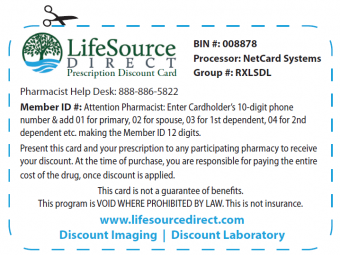Clients with policies they no longer want, need or can afford face the difficult question of whether they should try to sell now or wait until the life settlement market might improve. We believe the answer to this question is to act now.
Some clients are waiting because the life settlement market today is very different than it was just four years ago. The recession and its impact on the capital markets severely limited the amount of capital available for investment. But now, as we climb out of the recession, the major stumbling block to a robust life settlement market is not the lack of investment capital overall but, rather, a lack of capital willing to invest in life settlements at reasonable rates of return.
In the fall of 2008, two of the major life expectancy appraisal companies made substantial changes to their methodology and significantly increased the length of their life expectancy mortality tables by approximately 30%. Other companies increased their life expectancies gradually but with, essentially, the same result. Although the capital markets have largely recovered, which has reopened the life settlement market, the life expectancy changes will likely continue to stifle the life settlement industry.
Life expectancy, cost to carry the policy (premium) and target rate of return are the three prime factors in pricing a policy on the life settlement market. The longer life expectancies landed a one-two combination punch on the chin of the life settlement market. First, the increase in life expectancies puts many clients beyond the 12-years-or-less sweet spot favored by investors. Second, and perhaps even more importantly, the greatest impact of the life expectancy increase was to damage investors’ confidence in those life expectancies.
Having been burnt once, investors are now somewhat shy. Attracting investors to a market they now consider risky, thanks to the life expectancy changes, requires the prospect of extraordinary returns to compensate for the perceived risk. These high required rates of return mean many policies price much lower than before and many don’t price at all — that is, they have no value over the cash surrender value.
Although the market is not what it used to be, we believe clients should not wait for a number of reasons:
- Restoring investor confidence in life expectancies enough to lower their rate of return requirements will likely take years of performance data.
- Keeping a universal life policy in force usually either reduces the cash surrender value or requires additional premium outlays by the policy owner.
- Without a decline in health, for every year a person lives, their life expectancy does not decline a whole 12 months. For example, according to the 2001 VBT Mortality Table, a standard 75-year-old male has a life expectancy of about 15 years, but a standard 80-year-old male has a life expectancy of about 11 years. That’s only a four year decrease over five years. What this means for life settlement pricing is that, if you wait, investors will be facing a higher cost to carry the policy, due to cost of insurance charges that increase with age, without a corresponding decrease in life expectancy.
The bottom line is, if you have a client who qualifies for a life settlement and his or her health remains fundamentally the same, the policy could well become less valuable by waiting unless there is a significant change in the marketplace. The market has improved since 2008, as evidenced by the fact that we are getting offers now on policies that were previously declined. But it may take years for confidence to be restored in life expectancies and waiting could well be a costly decision for your client.
For more from Robin S. Weinberger and Peter N. Katz, see:
Don’t Allow Term to Lapse Without Taking a Second Look

